COVID-19 and Antimalarial Drugs: Chloroquine
Introduction

Chloroquine (sold under trade names Aralen, Avloclor, Cadiquin, Malaquin, Malarex, and others) is one of them.
History of Antimalarial Drugs
Chloroquine has been used to treat malaria for over 70 years. It belongs to the group of 4-aminoquinoline derivatives. Italian researcher Johann Andersag discovered it in 1934 as part of his work at Bayer AG. For decades, this discovery was ignored, as doctors believed that it was too dangerous for the human body. However, during the Second World War, American clinical laboratories thoroughly tested the medication and the scientists unequivocally stated that chloroquine is important for the treatment of malaria and can be used by patients.
The drug causes the death of erythrocyte forms of certain types of plasmodia, including those that cause malaria disease.
However, many plasmodia have developed resistance to the medication, so people began to use it mainly for preventive purposes rather than for therapeutic ones (of course, malaria is better to prevent than to treat and this applies to any disease).
It is also used to treat certain autoimmune diseases resulting from the fact that the immune system mistakenly attacks its own organs and tissues.
Opinion of French Scientists
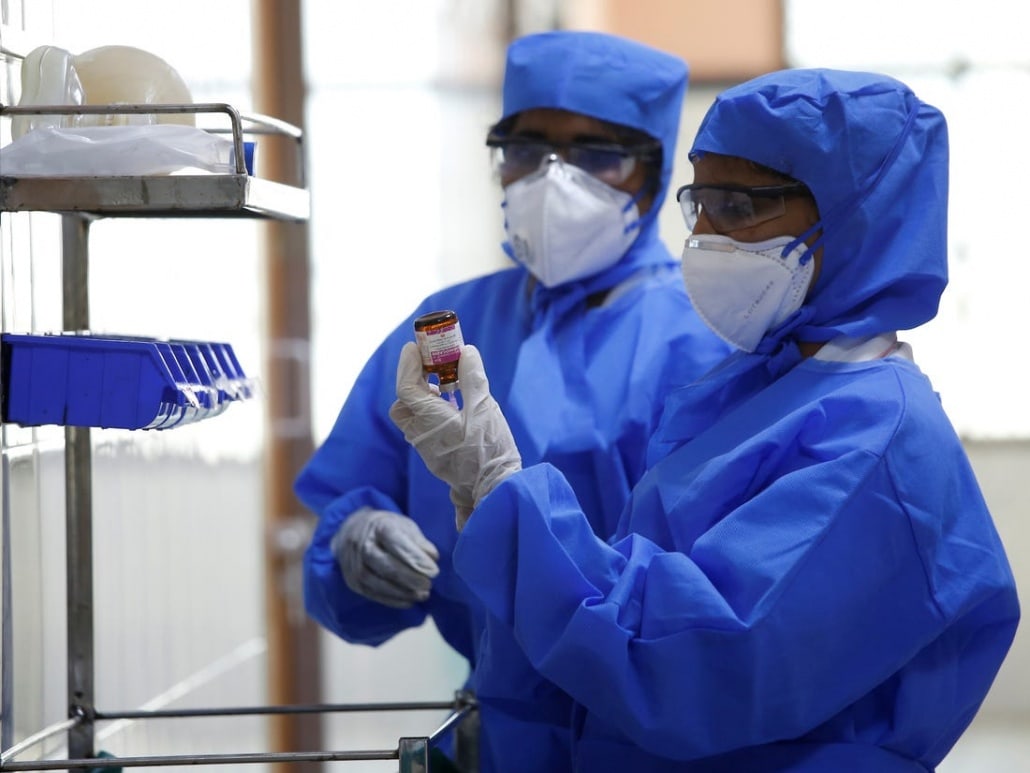
Clinical studies of chloroquine conducted in a hospital in Marseille have shown its effectiveness in treating coronavirus infection, as reported by Forbes and other top media. As an official spokeswoman for the French government said on Tuesday, March 17, the results were ‘promising’ and the research will be expanded.
On Monday, the famous French infectious disease doctor, head of the Mediterranean Institute of Infectious Diseases in Marseille, Didier Raoult, reported that 24 patients infected with coronavirus agreed to take Plaquenil (this is one of the commercial names for chloroquine). A week after starting the therapy with the drug, only 6 of them remained infected. At the same time, 90% of those who did not take this medication were still carriers of the virus. Therefore, the pharmaceutical was recommended by French doctors for widespread use. They noted that it is affordable and has a low cost, so almost any patient can buy it.
Guidelines Developed by Chinese Researchers
During the outbreak of coronavirus in China, scientists and doctors have tested many drugs. They found that chloroquine restrained the development of pneumonia, improved lung condition and reduced the duration of the disease. They also recommended the use of 500 mg of chloroquine phosphate for 10 days as the optimal duration of treatment for the disease. The drug showed effectiveness regardless of the severity of the illness (mild / moderate / severe).
Where to Find Chloroquine?
As the medication is not very popular, many pharmacies have ceased its sales. For instance, top European online pharmacies do not have it, offering other antimalarial drugs as substitutes. However, some web-enabled drugstores which have been operating for long time on the market, have reserves of this drug (its production has not stopped).
Customers can buy it at My Canadian Health&Care Mall.
It's Important to Know
You need to take the medicine with caution, adhering to the recommended dosages. An overdose increases the risk of side effects, which can be very unpleasant and even dangerous.
Perspectives of Chloroquine
Chloroquine is now undergoing several additional studies which should reveal its mechanism of action against COVID in detail and specify peculiarities of its administration (although instructions from Chinese scientists exist right now). It seems the medication has received a new lease of life. Despite mediocre effectiveness against malaria, it showed great efficiency in treating coronavirus, was approved by the FDA, and will regain popularity all over the world amidst quickly spreading pandemic of COVID-2019.
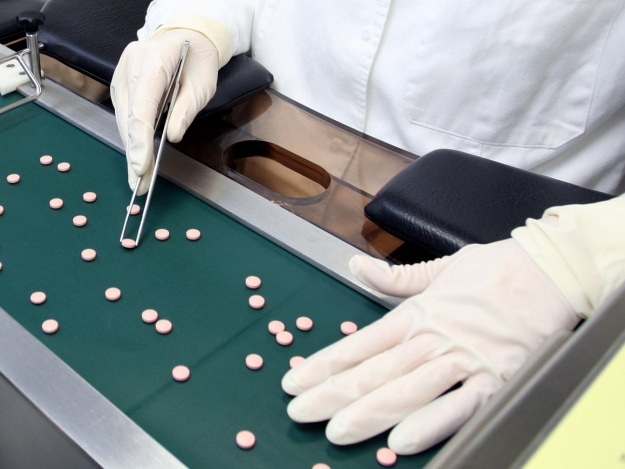
March 19, the US President Donald Trump along with Vice President Mike Pence and other members of White House Coronavirus Task Force held a briefing on efforts taken to fight the new coronavirus. He made a quite important statement regarding new methods of COVID-2019 treatment.
The President said, in particular: ‘it is shown very encouraging -- very, very encouraging early results’, ‘for me it is even more important than a vaccine’. He claimed that this is ‘beyond right to try’, as trying to use some medicines may save people’s lives. They tested several drugs and examined foreign markets, and the President revealed the most effective solution at the moment.
Trump claimed that the US Food and Drug Administration (the FDA) approved Chloroquine & Hydroxychloroquine to treat the coronavirus. This is a common malaria drug, and it is also used to treat strong arthritis. ‘I think it’s gonna be great’, Trump added.
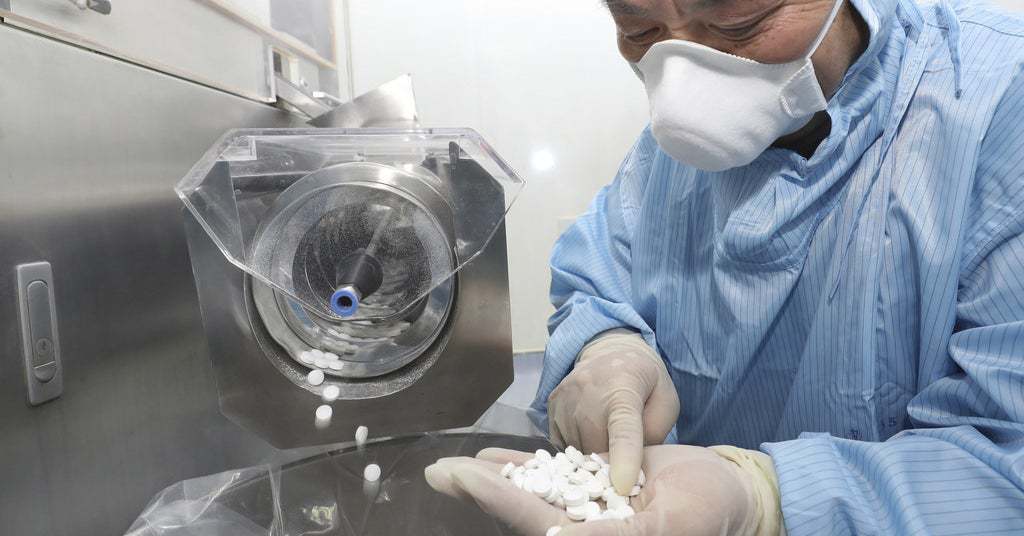
In a post-briefing statement FDA claimed that the medication had not been approved as a ‘treatment method’ for COVID-2019 disease, they only gave the green light to its additional testing in large-scale clinical studies. That’s not surprising, as it usually takes a long time for the FDA to approve any medication for treatment of any disease due to procedural things, as many experiments should be performed.
So chloroquine will be subject to extra clinical studies which will be focused on efficiency and safety issues.
However, representatives of this authority confirmed that the medication showed effectiveness in reducing symptoms of the disease and preventing its spread (due to hindering viral shedding). At the moment, it has only official approval for malaria prevention and other purposes, however, healthcare professionals are allowed to prescribe it off-label to patients suffering from the coronavirus.
In addition, several days ago, Deutsch pharmaceutical giant Bayer announced the donation of 3 million chloroquine tablets to the United States government. Germany can afford that, considering a large-scale testing for COVID inside this country, and the lowest mortality rate from the novel coronavirus in the world (in comparison with other affected countries).

What does this actually mean? This means that patients can use this drug off-label as a method of coronavirus treatment and, probably, prevention. And this is one of the most tested medication at the moment, amid tight deadlines.
A strong demand for the medication is expected in nearest time.
Hydroxychloroquine vs Chloroquine
What’s Better for COVID-2019 Treatment?
Hydroxychloroquine and chloroquine are known antimalarials which have showed clinical benefits for patients with coronavirus. Both have been reported to be well-tolerated in individuals administering it for COVID treatment. But what’s the difference between them, and what medication can treat the disease with better efficiency?
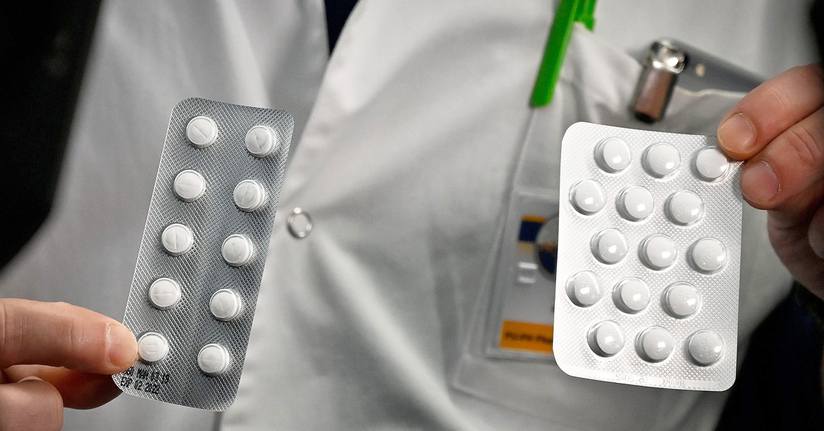
Indications for Use
Both medicines are used to treat malaria and certain autoimmune diseases. However, Hydroxychloroquine (Plaquenil) is considered more effective in the fight against Plasmodium vivax, P. ovale and P. Malariae (malaria pathogens), as these protozoa have developed some resistance to chloroquine. This is possibly due to the fact that hydroxychloroquine appeared on the market later than its competitor.
In addition, hydroxychloroquine has been tested to treat Sjögren syndrome, an autoimmune disease characterized by increased dry mucous membranes, such as dry skin and vaginal dryness.
Chloroquine was the first remedy from the class of antimalarials to show impressive results in the treatment of COVID-2019 (even Trump reported that), and then it was suggested that hydroxychloroquine, its less toxic metabolite, should also have a similar effect. This hypothesis was clinically confirmed and a number of new studies are ongoing.
According to a study by Chinese researchers Xueting Yao et al. published on 09 March 2020, Hydroxychloroquine was found to be stronger than chloroquine. The experiment was done in vitro, so to confirm this statement, studies with participation of people with COVID are needed. The scientists suggested the following dosage and treatment regime with hydroxychloroquine: 400 milligrams twice daily for 4 days.
However, there are other options (described by the US authorities) with higher initial dosage.
Read more here: https://mycanadianhealthcaremall.com/product/hydroxychloroquine/
When it comes to chloroquine, there are pretty clear instructions from Chinese healthcare professionals who have recommended taking 500 mg 2 times a day for 10 days.
Availability of Medications
Hydroxychloroquine features wide availability compared with the older medication. It has been administered by some hospitalized people suffering from COVID-2019 in several countries, including in the US.
Chloroquine was widely available in the past, but now it is supplied in pharmacies in lower quantities, because more effective antimalarial medications have entered the pharmaceutical market.
Side Effects
The medications can cause the following side effects: gastrointestinal disorders, dose-related retinopathy, liver disorders, weight loss, anorexia, heart problems, reduced appetite, headache, seizures, etc.
However, hydroxychloroquine is considered a safer choice when it comes to probability of adverse reactions. In particular, scientists D. Finbloom, K. Silver and others (The Journal of Rheumatology, 1985) reported that hydroxychloroquine can be used safely with minimal risk of retinal toxicity in comparison with chloroquine which is associated with higher incidence of eye-related adverse events.
Overdose – Must be Avoided in Both Cases
Both medications can cause dangerous adverse reaction if consumed in elevated dosages. Overdose cases were rarely reported, but known bad effects include severe hypotension, tachycardia, eye damage, and others. Always take the medications as directed. Elevated dosage is unlikely to enhance antiviral effect but can lead to severe complications.
Interactions
Hydroxychloroquine may interact with the following medications:
- digoxin (the pharmaceutical may boost levels of digoxin in blood plasma)
- insulin and antidiabetics (hydroxychloroquine may boost hypoglycemic effects of antidiabetic injections or pills)
- meds that cause QT interval prolongation and other arrhythmogenic medications (as hydroxychloroquine also prolongs QT)
- antiepileptics (concurrent administration can enhance their antiepileptic effect)
- mefloquine (their combination may increase the risk of convulsions)
- methotrexate (their simultaneous administration is unstudied, there are assumption that it can aggravate the risk of adverse events)
- cyclosporine (co-administration boosts its plasma levels)
Chloroquine has the following interactions:
- ampicillin (its levels may be decreased due to chloroquine)
- antacids and kaolin (they can reduce absorption of the medication)
- cimetidine (can lead to amplification of chloroquine levels)
- mefloquine (increased risk of convulsion, as in the case with hydroxychloroquine)
- cyclosporine (plasma levels of this immunosuppressant may increase, similarly to hydroxychloroquine)
The Bottom Line
Both medications belong to classes of antimalarials and medications for autoimmune diseases. They feature similar mechanism of action, which has surprisingly allowed medics to use them in clinical practice to treat coronavirus disease. Hydroxychloroquine has higher availability and is dispensed more widely. This medication is less tested than chloroquine in terms of coronavirus therapy and there is a lack of use guidelines, but potentially it can work more efficiently than its rival and it is considered safer for general health.

Dr. Douglas Goldberg, MD is a Cardiology Specialist in Mineola, NY. He is affiliated with medical facilities Nyu Winthrop Hospital and Mercy Medical Center.
*Consulting with a licensed healthcare professional in your own country is always recommended before considering purchasing medications online.




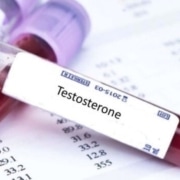
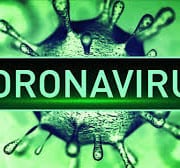

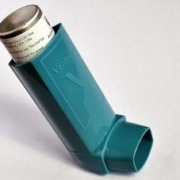
Leave a Reply
Want to join the discussion?Feel free to contribute!